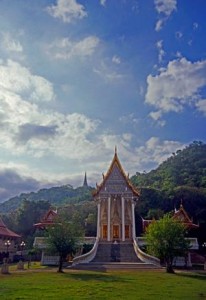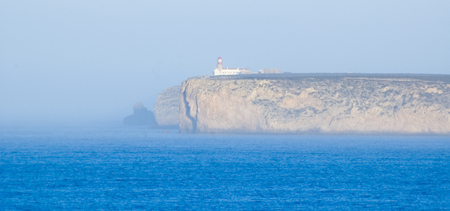Seeking Prestor John: We’re All Looking for Rescue
 Last week I talked about the legend of paradise contained in Saint Brendan’s Island and how that legend persisted through 1200 years of exploration. Explorers and Kings were looking for safety, and a way to return to the promised land. Perhaps, like a lot of us, they were looking for a return to a simpler time and hoped for someone to help in a time of dire need. This gave rise to another long-lasting legend – that of Prestor John.
Last week I talked about the legend of paradise contained in Saint Brendan’s Island and how that legend persisted through 1200 years of exploration. Explorers and Kings were looking for safety, and a way to return to the promised land. Perhaps, like a lot of us, they were looking for a return to a simpler time and hoped for someone to help in a time of dire need. This gave rise to another long-lasting legend – that of Prestor John.
Prestor (short for Presbyter) John was rumored to be a Christian King whose kingdom existed far to the east in Asia – or maybe it was Africa. That was sort of the trouble. The kingdom shifted and moved around the landscape, eluding the best explorers sent out by Popes and kings. But the myth of Prestor John held sway for many years with embellishments and details that included Prestor John’s Pedigree- right back to none other than King David.
Rumors of Prestor John’s kingdom began in 1150 – right about the middle of the Crusades and the Catholic Church’s intent to spread Christianity across the world. The legendary king was apparently a Christian King who had risen up and battled and beaten the Musselmen ( or the Moors, as the people of the Moslem east were then known) and become a powerful emperor. His presence became a symbol of hope in a time when the Christian west was at war with the ‘infidel’ in the holy land and the specter of infidel invasion disturbed the sleep of many western nobility and religious leaders.
 The sudden hope and the belief in these rumors led to multiple dispatches of faithful retainers to find the mythic kingdom. Many never returned, but some traveled far to the east and actually met with the Mogul Khan, dispelling the myth that the Christian Kingdom existed in Asia.
The sudden hope and the belief in these rumors led to multiple dispatches of faithful retainers to find the mythic kingdom. Many never returned, but some traveled far to the east and actually met with the Mogul Khan, dispelling the myth that the Christian Kingdom existed in Asia.
But it also led to maps.
Yes, adventurers like Marco Polo gave detailed descriptions and maps of the places they had been (including the location of Prestor John’s Kingdom somewhere in China). More importantly, maps gained in value as European leaders sought to move people across the continent to the battles in the holy land. This led to the creation of pilgrim’s guidebooks, a type of map. The need to move such large numbers of men and equipment resulted in the enlisting of Venetian and Genoese merchants. The needs of such merchants for shipping ports, and the wealth of groups like the Knights Templar and the Knights Hospitaler led to the Holy Land becoming a mercantile centre for the movement of trade from Asia to Europe. The European hunger for spice and ‘things eastern’ involved Europeans in trade both in overland missions across the Asian continent and on coastal journeys along the southern Asian coast. Which led, by the 1300s to a renaissance of awareness of Asia and its wealth and the resulting creation of new maps.
But in the meantime it meant that Prestor John’s Kingdom shifted to the darkness of what was then called Abyssinia – a belief that still held sway as Europe began its shift towards the Age of Exploration. Figures central to the dawn of the exploration age still hoped that Africa might contain Prestor John’s Christians who could help against the Moors. Which makes me wonder if the enduring cold war of the 1950s, 60s and 70s might have influenced the rise of the SETI project. Perhaps we were looking for help ‘out there’ like the hope Prestor John provided to those long ago Christians.
Which begs the question: where are we going to be looking next?










